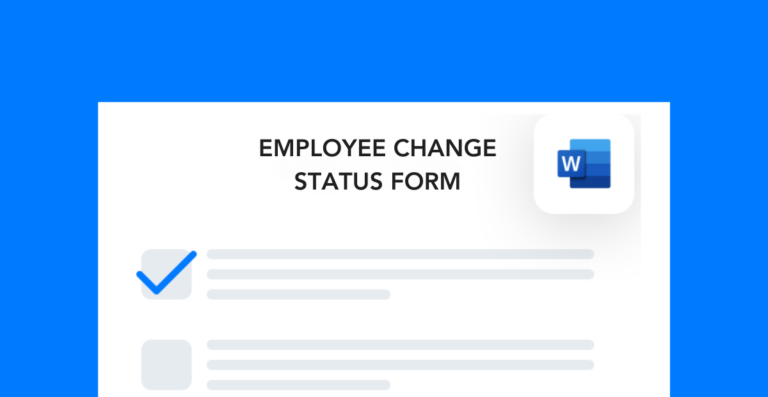Focusing on employee engagement is critical in the modern job landscape where workers are more transient than ever. Having an employee retention strategy can help you improve morale, lower turnover costs, and focus more on long-term goals.
Why does employee retention matter?
Employee retention matters because constant turnover can have a major impact on productivity and performance. Not only is poor retention exhausting for the HR team, but it often causes confusion and disfunction at the operational level.
Implementing an employee retention strategy is important because it:
- Improves morale and encourages a positive culture
- Saves money by reducing the costs of recruiting, hiring, and onboarding new workers
- Preserves the company’s knowledge base by keeping seasoned employees around
- Creates more internal stability and minimizes organizational disruptions
What drives employee retention?
Like all areas of performance, there are several factors that drive employee retention. While you can control many of these variables, there are others you can’t control.
Employee perception
In my experience, employees leave because they don’t feel:
- Valued and appreciated
- Supported by their manager and/or coworkers
- Challenged by their role
- Understood on a deep enough level
Workers need to be seen and heard to feel these things. And it’s important to know that you can do everything in your power to make employees feel this way, and you still might not be able to.
Company policies
Another major factor that drives retention is the company’s policies. Examples of policies that may be harming your turnover rate include:
- Pay and compensation
- Benefits (time off, insurance, continuing education, etc.)
- Diversity and inclusion policies
- Professional development opportunities (e.g., promotion structure)
If you work at a big company, then it can be hard to advocate for major policy changes. But for small or mid-sized companies, changing policies may be an easy way to retain top talent.
Engagement and culture
What do you do on a consistent basis to foster a positive work environment? Oftentimes, employees leave not because the culture is actively bad, but they leave because the culture is nonexistent.
Imagine that you do a quarterly recognition initiative to highlight top performers within your department. It’s not that you haven’t tried to improve your engagement, it’s just that it’s so infrequent that it makes no impact.
Building a strong company culture takes daily effort, and it doesn’t happen overnight.

Employee retention strategy examples
One of the keys to a successful employee retention strategy is tailoring it to your workforce. You wouldn’t use the same strategies on a rig as you would in an office. The differences in audience and environment can render certain approaches ineffective.
Check out these different examples of ways to retain employees and implement the ones that work for your employee base.
Invest in better tools
When you don’t invest in quality tools and equipment, you’re communicating to your employees that you don’t care about their day-to-day experience. Having bad computers, broken machines, etc., is one of the most common things I’ve heard employees complain about.
Buying software, newer equipment models, and higher quality tools is overall less expensive than losing valuable employees. And it will go a long way towards improving employee satisfaction.
Conduct exit interviews
Conducting exit interviews is a great way to learn from your mistakes. Have a candid conversation with workers and ask them if there’s anything you could have done to make them stay. These insights are invaluable for improving retention moving forward.
Implement formal recognition procedures
Many employees thrive off recognition—especially from their managers. A robust retention strategy should include formal recognition procedures for things like:
- Workplace anniversaries
- Productivity records and milestones
- Birthdays and other personal events
This, of course, should be on top of daily informal recognition from managers. A combination of both is a great way to boost morale and demonstrate appreciation.
Make policies more transparent
Employees may feel the need to leave if they can’t envision a future with the company. You can combat this by making your policies more transparent. For example, create a promotion roadmap for workers to follow. Or consider publishing a wage increase policy.
This will give your employees more decision-making power. While it may not completely prevent turnover, it provides more clarity so employees can decide whether they want to work towards the next pay level or role.
Create a well-rounded strategy
If you want to retain high-performing workers, then you need to give them a reason to stay. Start by building a positive work environment and then introducing new engagement techniques.
Remember, your employee retention strategy should include post-employment research to continuously find opportunities for improvement. If you’re open to feedback from both current and former employees, then it will be much easier to reduce turnover rates in the long run.




